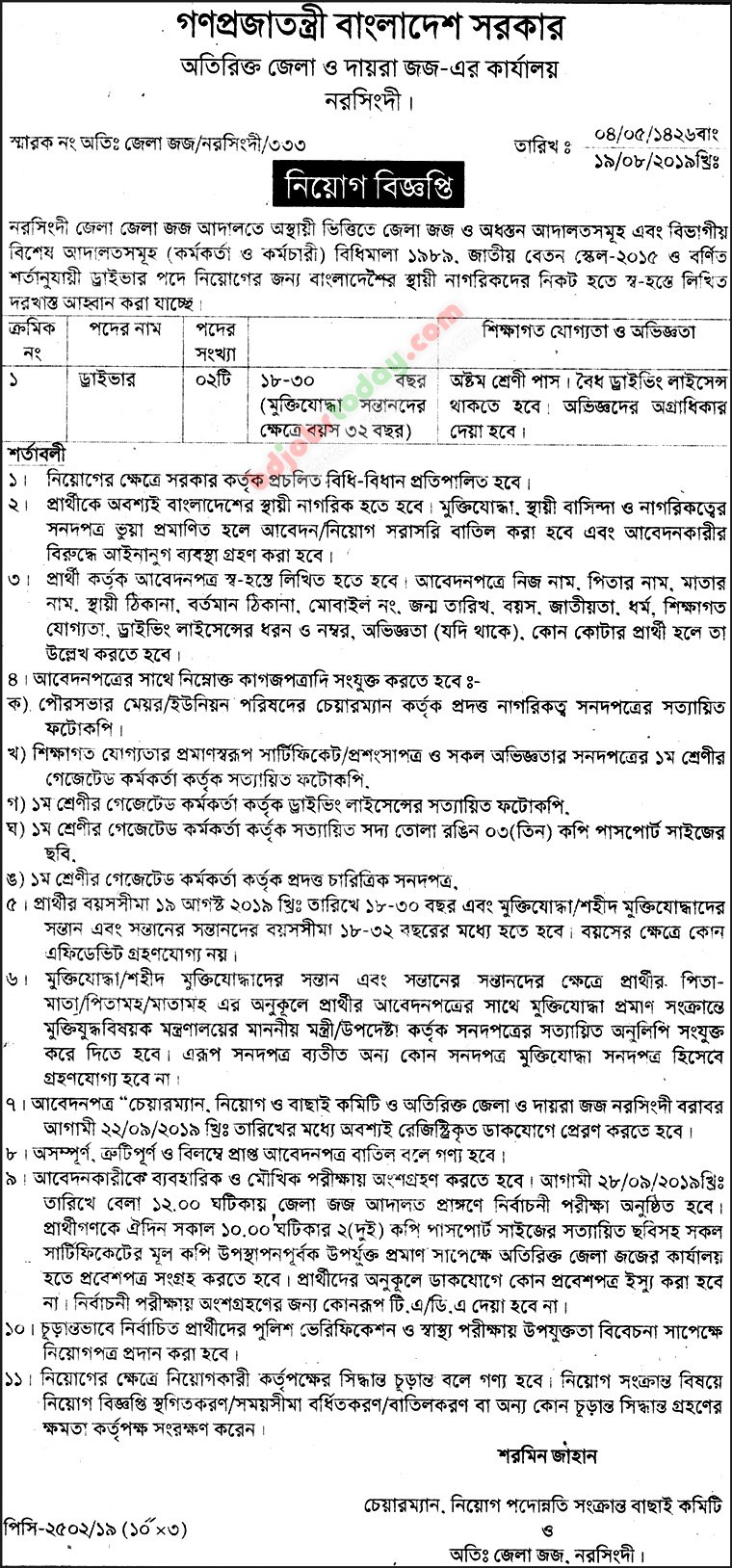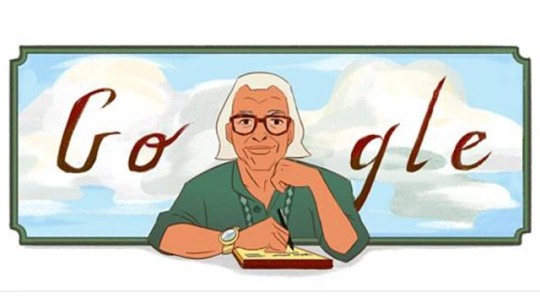#narshingdi news
Text
দুল ও চেইনের লোভে পড়ে হত্যা । মাকে ধরিয়ে দিলো মেয়ে
দুল ও চেইনের লোভে পড়ে হত্যা । মাকে ধরিয়ে দিলো মেয়ে
কানের দুল ও গলা থেকে সোনার চেইন কেড়ে নেওয়া জন্য ক্লাস টু -এর এক ছাত্রীকে প্রতিবেশী এক নারী শ্বাসরোধে হত্যা করেছে।
ঘটনাস্থল, সময় ও নিহতের পরিচয়
ঘটনাটি ঘটেছে, নরসিংদীতে। পাষণ্ড, লোভী এই নারী শিশুটিকে হত্যা করার পর আলমিরাতে লুকিয়ে রাখে। শিশুটির লাশ উদ্ধার করতে সক্ষম হয়েছে পুলিশ, নিখোঁজ হবার ৭ ঘণ্টা পর। ঘটনার দায়ে পুলিশ দু’জনকে গ্রেফতার করেছে।
১৩ সেপ্টেম্বর (মঙ্গলবার), এ শিশু হত্যা ও মরদেহ…

View On WordPress
#bangla news#bangla news 24#bangla news today#bengali news#crime patrol#crime patrol bangla#khabar bangla news#latest bangla news#narshingdi news#news bangla#news bangla 24#today bangla news#today news bangla
2 notes
·
View notes
Photo

অতিরিক্ত জেলা ও দাইরা বিচারকের কার্যালয়, নরসিংদী নতুন জব সার্কুলার -২০১৯ – Office of Additional District and Daira Judge, Narshingdi New Job Circular -2019 Office of Additional District and Daira Judge, Narshingdi New Job Circular -2019 - অতিরিক্ত জেলা ও দাইরা বিচারকের কার্যালয়, নরসিংদী নতুন জব সার্কুলার -২০১৯
0 notes
Photo

Search engine giant Google has created a new Doodle on its homepage celebrating the life of Bangladeshi poet, columnist and journalist Shamsur Rahman on the occasion of his 89th birth anniversary. Shamsur Rahman (23 October 1929 - 17 August 2006) who emerged in the latter half of the 20th century wrote more than sixty books of poetry and is considered as one of the key figures in Bengali literature. Shamsur Rahman was born in his grandfather's house no. 46 in Mahut-Tuli, Dhaka. His paternal home is situated on the bank of the river Meghna, a village named Pahartoli, near the Raipura Police Station in Narshingdi district. While studying English literature at the University of Dhaka, he joined a student group known as Progressive Writers and Artists Association, reading his verse at Madhu's Canteen and staunchly supporting the movement to retain Bengali as the official language of East Pakistan (now Bangladesh). After graduating with honors in 1953, he went on to make his living working for Radio Pakistan and editing at the daily newspaper Dainik Bangla. He is also remembered as the "unofficial poet laureate of Bangladesh." Rahman published more than sixty books of poetry, ranging from love sonnets to patriotic verse to whimsical lines about his cat. His well-known 1971 poem, "Shadhinota Tumi" ("Ode to Freedom") was written in the throes of Bangladesh's battle for independence from Pakistan. His life and work earned him numerous accolades including the Bangla Academy Award, Ekushey Padak and the Shadhinota Award, the highest honor given by the government of his beloved homeland. He died on 17 August 2006 of heart and kidney failure after having been in a coma for 12 days. (at Dhaka, Bangladesh) https://www.instagram.com/p/BpRUmUBgI2rq6AId21_NxTwycAkj4s9jwivr8Y0/?utm_source=ig_tumblr_share&igshid=icfwa0nzotf1
0 notes
Text
Opinion: Indian Army's out of the box thinking won 1971 war
The history of Bangladesh's liberation from Pakistan is inextricably entwined with outstanding acts of bravery committed by Indian soldiers. Artificially separated by the British during the Partition, the brave warriors of India and Bangladesh fought shoulder to shoulder to wrest independence from an oppressive regime. The anecdotes of gallantry are endless. But, perhaps, some acts of heroism were more decisive than the others. For instance, without the out of box thinking of Lt Gen Sagat Singh that expedited the capture of Dacca, the capital of erstwhile East Pakistan, Lt General AAK Niazi would have held back surrendering to India. Lt Gen Sagat Singh's decisive action saved lives of many soldiers and made the birth of Bangladesh possible.
Lt Gen Sagat Singh was a paratrooper and General Officer Commanding of IV Corps of Indian Army. He also has the distinction to command the coveted 50 (independent) Parachute Brigade of Indian Army and liberate Goa in 1961.
When the war broke out, IV corps went into action in the Agartala sector. In the initial advances, Indian Army and Muktibahini secured all the routes to Meghna River. The only way across the river was over the Ashuganj Bridge.
General Singh got this unique idea of airlifting his troops over Meghna River which proved to be a turning point in the liberation of Bangladesh.
×
Ashuganj Bridge was the only bridge that spanned the huge Meghna River which at its narrowest point was more than 4000 yards wide. With his troops at Ashuganj, Singh, however, realised his formation would be joining the race to Dacca. Due to the resistance offered by the Pakistani army, 2 Corps which was supposed to reach and isolate Dacca was held up at Kushtia and did not make it to Dacca. So, General Sagat Singh decided that his forces should move to Dacca.
youtube
×
However, the Pakistan Army had destroyed the entire bridge and it would require a significant amount of time for Army Engineers to build a new bridge. General Singh got this unique idea of airlifting his troops over Meghna River which proved to be a turning point in the liberation of Bangladesh.
Indian Air Force came into the action under the leadership of Group Captain Chandan Singh, using the Soviet-made Mi-4 helicopters to airlift troops in many waves. Through the night of 9 December, the IAF air-lifted the entire 311 Brigade. The first troops, numbering around six hundred were landed through the night of the 9th, immediately contacting Pakistani troops north of Raipura.
Captain Chandan Singh used MI-4 Helicopters to airlift Indian troops in many waves. (Others)
×
They, however, held their positions, with the IAF flying in reinforcements. Over the next 36 hours, over 110 sorties were flown. The Mi-4, which normally carried 14 troops, carried as many as 23 on board. Simultaneous to this operation, 73rd Brigade moved across Meghna on boats and riverine crafts.
After the first consolidation in Raipura, the forces were lifted again to Narshingdi, and after Capturing Narshingdi, brave Indian forces occupied towns of Daudkandi and Baider Bazar on 14th and 15th December 1971 respectively. It was an idea full of risks which paid rich dividends and by 15th of December, 1971 the entire garrison town of Dacca was surrounded by Indian Forces which compelled Lt General AAK Niazi to accept the surrender request.
It is this out of box thinking - the decision of using the airforce to uplift the Indian Army rather than trying to cross the mighty Meghana river proved to be the most decisive factor of the 1971 War.
(Disclaimer: The opinions expressed above are the personal views of the author and do not reflect the views of ZMCL).
]]>
0 notes